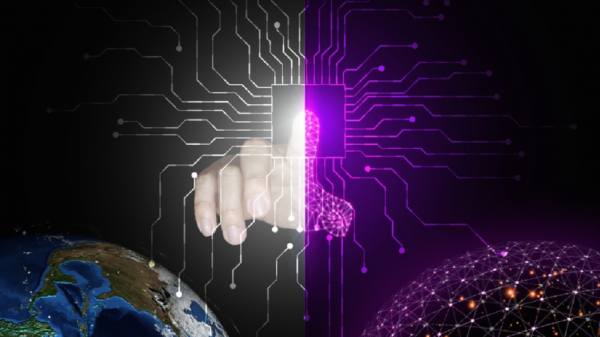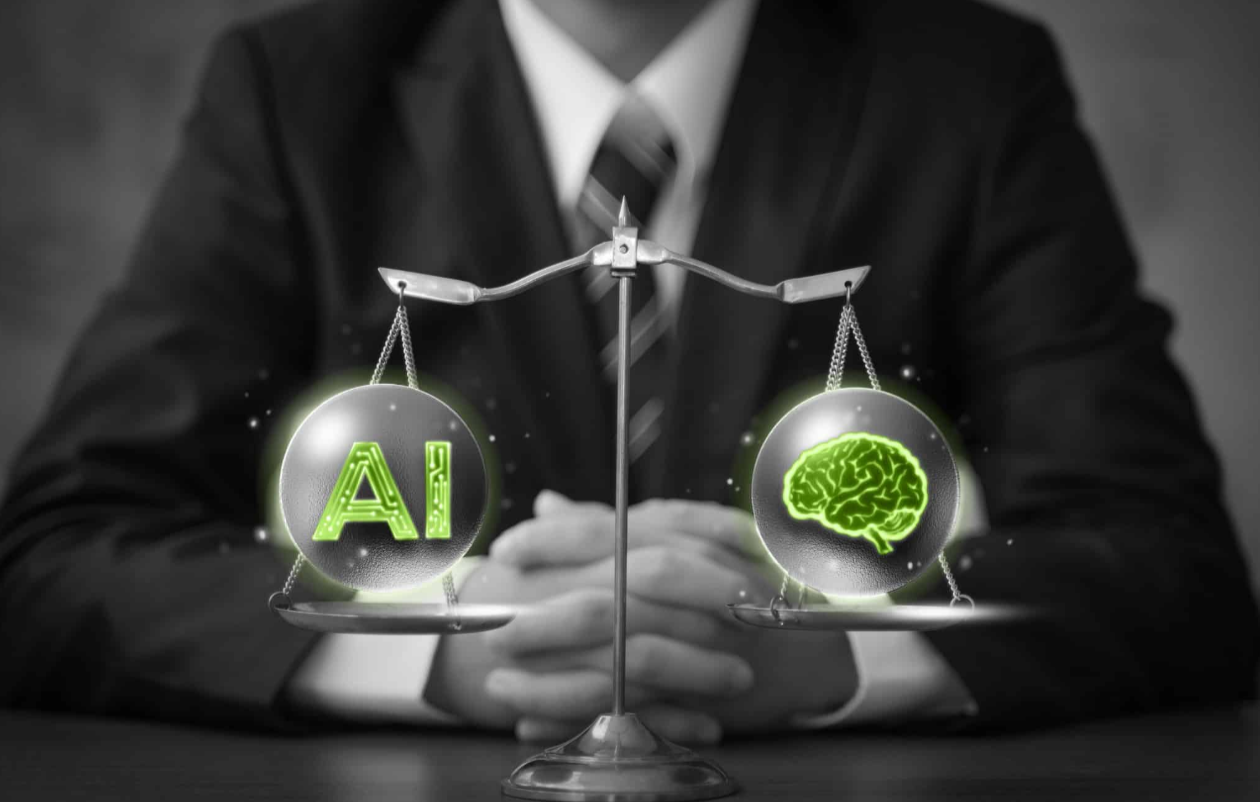Artificial intelligence (AI) is revolutionizing the healthcare industry, but with this advancement comes potential risks. Steve Mehr, Co-founder of Sweet James Accident Attorneys, believes that as AI-driven technologies become more integrated into medical practices, the legal system must adapt to address the consequences of errors that may lead to personal injury claims. AI’s involvement in patient care can result in complex cases, particularly when determining liability for harm caused by these systems.
AI and Medical Errors
AI systems in healthcare can assist doctors in making quicker and more accurate decisions, but they are not immune to errors. Mistakes in diagnosis, treatment recommendations, or patient monitoring can lead to severe outcomes.
For example, an AI system might misinterpret medical data, leading to incorrect treatments. When these errors cause harm, patients may pursue legal action, but determining who is liable becomes complicated.
Challenges in Determining Liability
One of the primary challenges in personal injury claims involving AI-driven healthcare errors is identifying who is responsible. In traditional medical malpractice cases, liability usually falls on healthcare providers, such as doctors or hospitals. However, with AI systems, multiple parties could potentially be held accountable, including the healthcare provider using the AI system, the developers or manufacturers of the technology, and the institution that implemented it.
Steve Mehr has seen firsthand how AI has “transformed client experiences and case management” at Sweet James, allowing for faster, more efficient results. However, as AI technology expands into healthcare, its transformative potential also brings new risks. When an AI system misinterprets data or provides incorrect recommendations, determining responsibility can be challenging, highlighting the need for legal frameworks to adapt as these technologies evolve.
The Role of Informed Consent
Informed consent plays a critical role in personal injury cases involving AI-driven healthcare. Patients must be made aware of the use of AI in their care and its potential risks. If a healthcare provider fails to disclose that an AI system will be used and an error occurs, this could lead to further legal complications. The question of whether patients were adequately informed about the AI’s involvement in their treatment may become a focal point in personal injury claims.
Regulatory and Legal Uncertainty
The legal landscape surrounding AI-driven healthcare is still developing, which creates uncertainty in personal injury law. Current regulations may not fully address the unique challenges posed by AI, leaving courts to navigate these cases with limited precedents. Furthermore, AI systems often operate as “black boxes,” meaning it can be difficult to understand how they arrive at certain decisions. This lack of transparency complicates efforts to prove that an AI error led to a patient’s injury, adding another layer of difficulty for legal professionals.
Implications for Future Personal Injury Law
As AI continues to evolve and integrate further into healthcare, legal frameworks will need to adapt. There is already growing discussion about establishing clearer guidelines for AI in medical settings, including accountability measures. Lawmakers and legal experts are considering how to balance the benefits of AI with the potential risks it poses to patient safety. Future regulations may focus on requiring more transparency in AI systems or creating specific liability rules for AI-driven medical errors.
AI-driven healthcare presents both opportunities and challenges. While the potential to improve patient care is significant, errors in AI systems can lead to personal injury claims with complex legal implications. Determining liability, addressing informed consent issues, and navigating a developing regulatory landscape are just a few of the challenges legal professionals must contend with. As AI technology continues to advance, the legal system will need to evolve to address the unique ramifications of these innovations.













































